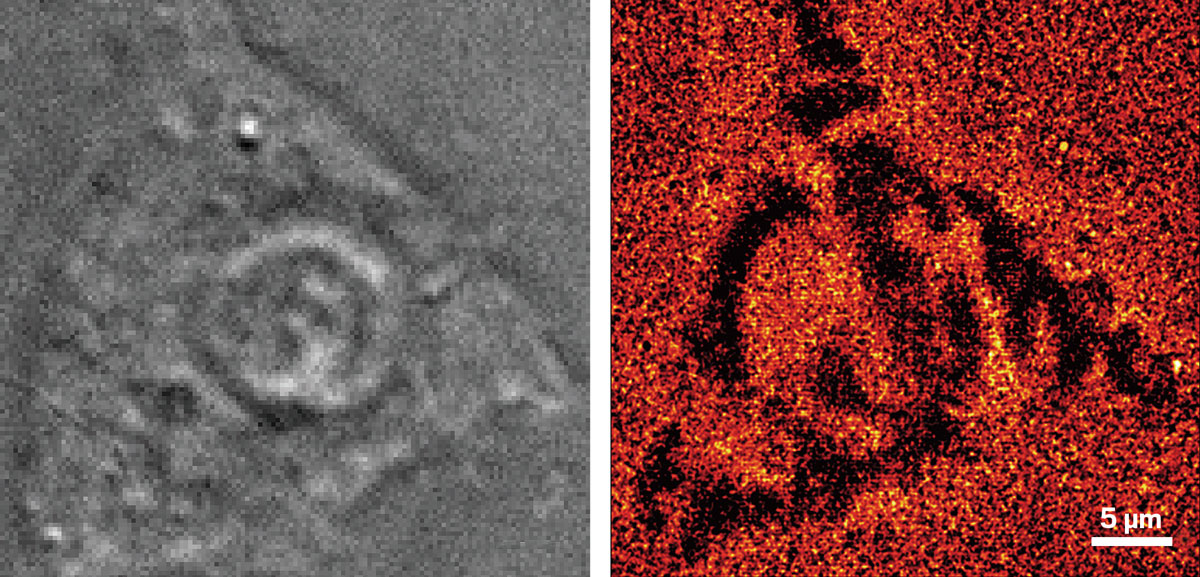Advertisement
Grab your lab coat. Let's get started
Welcome!
Welcome!
Create an account below to get 6 C&EN articles per month, receive newsletters and more - all free.
It seems this is your first time logging in online. Please enter the following information to continue.
As an ACS member you automatically get access to this site. All we need is few more details to create your reading experience.
Not you? Sign in with a different account.
Not you? Sign in with a different account.
ERROR 1
ERROR 1
ERROR 2
ERROR 2
ERROR 2
ERROR 2
ERROR 2
Password and Confirm password must match.
If you have an ACS member number, please enter it here so we can link this account to your membership. (optional)
ERROR 2
ACS values your privacy. By submitting your information, you are gaining access to C&EN and subscribing to our weekly newsletter. We use the information you provide to make your reading experience better, and we will never sell your data to third party members.
Synthesis
Copper probe lights up NO
June 5, 2006
| A version of this story appeared in
Volume 84, Issue 23
A copper-based fluorescent probe promises to be a valuable tool for visualizing nitric oxide in living cells, according to its developers. Mi Hee Lim, Dong Xu, and Stephen J. Lippard of MIT hope to use such probes to detect intracellular levels of this key messenger in cellular-signaling networks (Nat. Chem. Biol., published online May 28, dx.doi.org/10.1038/nchembio794). Unlike other fluorescent sensors, their cell-permeable fluorescein-based Cu(II) probe (shown, X = anion) directly and immediately detects NO rather than oxidized NO derivatives, the authors note. NO reduces the complex to Cu(I) and triggers the irreversible nitrosation and release of the fluorescein ligand. The resulting bright visible-light emission can be detected by microscopy. Lippard's team shows that the probe, which is being commercialized by Strem Chemicals, can be used to image physiological levels of NO produced in living cells and can spatially distinguish which cells are producing NO in a mixed culture.






Join the conversation
Contact the reporter
Submit a Letter to the Editor for publication
Engage with us on Twitter